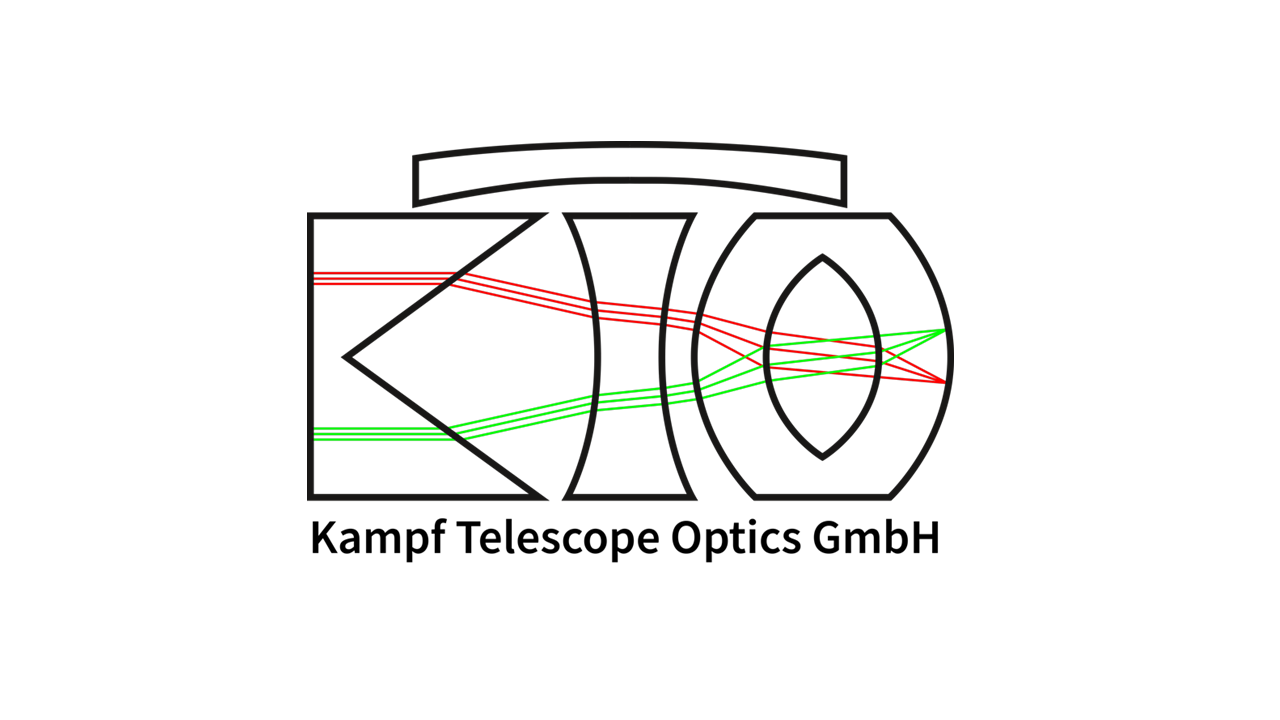
-
StatusOngoing
-
Status date2022-08-29
-
Activity Code6C.006
In the GEOStar project, an Adaptive Optics system is being constructed that includes a Laser Guide Star. The system is located at the ESA Optical Ground Station on the island of Tenerife, where links with the Satellite "AlphaSat" are being performed. The goal of these links is to measure the variance of the light received by the satellite, to demonstrate that by using adaptive optics the optical link is more stable than without.
Further, by using a laser guide star, it should be possible to account for the "point ahead angle", where the transmitted light is projected slightly ahead of the direction of the received signal to account for the satellite's movement during the round-trip time of the light. This means that the received light is not a perfect reference for "pre-distortion" of the transmitted light. A laser guide star on the other hand, can be placed exactly where it is required.
The GEOStar system features both a laser guide star wave-front sensor and an infra-red wave-front sensor observing the downlink light, so the measurements and correction performance from both can be compared.
Laser Guide Stars are proven in night-time astronomy, but have not been used in the strong turbulence found in the day time. This places challenges on the laser technology, which must provide greater optical power than existing solutions used in astronomy. Further, the wave-front sensor and detector must be very sensitive to detect the few photons arriving at the telescope.
Free space optical communications links provide significantly greater bandwidth and security in comparison to radio frequency links. Using a laser guide star provides greater stability of the optical communications link.
The GEOStar system will feature:
-
Up to 30W Sodium laser guide star with a fast-steering loop
-
Sensitive Laser Guide Star wave-front sensor
-
Infra-red wave-front sensor
-
Deformable mirror for "pre-distortion" of transmitted communications beam.
-
Fast real-time control to perform the adaptive optics correction in "real-time"
The GEOStar system is still in the preliminary design stage, so the full architecture is not yet complete, however some aspects are known.
The system is present in the Coudé laboratory of the ESA OGS to provide maximum flexibility in the construction and running of the system. The laser guide star will also be present in the Coudé laboratory and will be launched from the main aperture of the OGS.
Laser guide star and infra-red wave-front sensors will be present in the system to measure the wave-front disturbance as well as a deformable mirror to pre-distort the transmitted beam.
The system will be compatible with "AlphaSat", which operates at a wavelength of 1064nm and the upcoming "ArabSat", operating at 1550nm.
-
Early 2022: Completion of Technical Specification Review
-
Mid 2022: Completion of Technical Baseline Review
-
Early 2023: Completion of Detailed Design Review
-
Mid 2023: Test Readiness Review and Integration of system at ESA OGS
-
Autumn 2023: Completion of measurement campaigns and Final Acceptance Review
-
End 2023: Final Reporting and recommendations on future technologies
The GEOStar project kicked off at the beginning of 2022 and has achieved MS1 - Technical Specification Review (TSR) on June 2022.
Work currently in progress.




